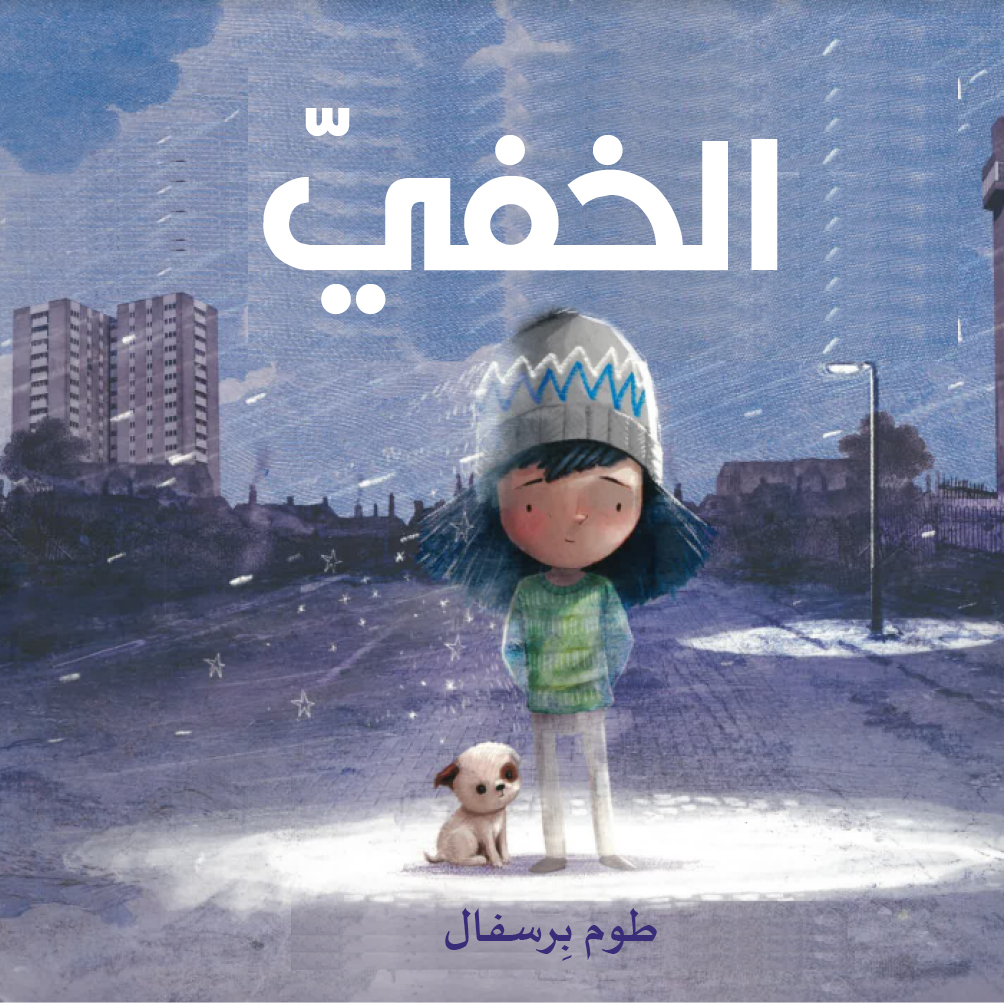
The Invisible is the story of a young girl called Isabel and her family. They don’t have much, but they have what they need to get by. Until one day, there isn’t enough money to pay their rent and bills and they have to leave their home full of happy memories and move to the other side of the city.
It is the story of a girl who goes on to make one of the hardest things anyone can ever make…a difference.
And it is the story of those who are overlooked in our society – who are made to feel invisible – and why everyone has a place here. We all belong.



